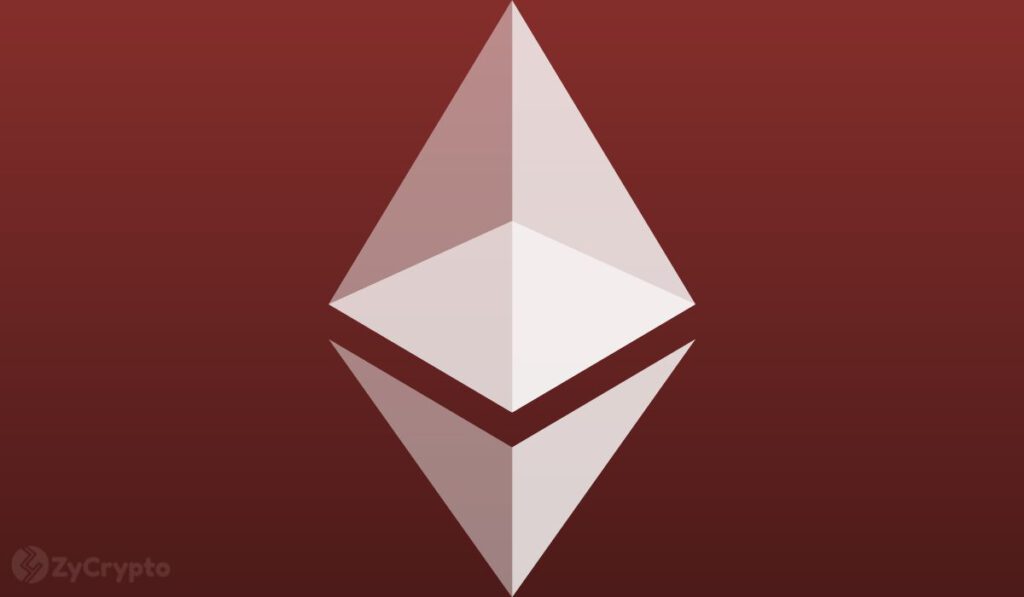It’s good news for the Ethereum community and the world as the network finalizes the execution of a merge to usher in the era of the Proof-of-Stake operating model instead of the old Proof-of-Work system that has been running the network for close to a decade.
According to an earlier Twitter post by Ethereum’s own Vitalik Buterin, the transition from PoW to PoS means that Ethereum has effected a 0.2% reduction in electricity consumption worldwide. From a local perspective, another post by another entity claimed that the Ethereum network had reduced its internal energy use by around 99.9%. That’s a huge step forward in making ETH one of the most environmentally-friendly cryptos.
PoW Vs PoS System
For clarification, it’s worth noting that the main difference between PoW and PoS is in the way users earn their rewards and the amount of energy used up during this process. PoW employs vast amounts of computing power to solve complex math problems to keep the hash rate high and the network secure. This uses a lot of electric energy in the process, which hasn’t impressed many people due to its environmental impact. The likes of Tesla’s Elon Musk have complained about Bitcoin because of its intensive energy consumption due to its PoW model.
On the other hand, PoS works by having users commit their assets in a stake pool. This method uses minimal energy resources, and it has become favoured by many. Many blockchain networks supporting various popular cryptos, including Cardano, operate under this model.
The ETH Market
While the Ethereum Merge has been awaited with great optimism, its full impact is yet to be realized. ETH is currently trading at around $1,439, with a 1% decrease over the last 24 hours and a 16% drop over the last seven days. However, this is expected to change for the better as the upgrade becomes familiar and more node operators update their systems.
 
 


